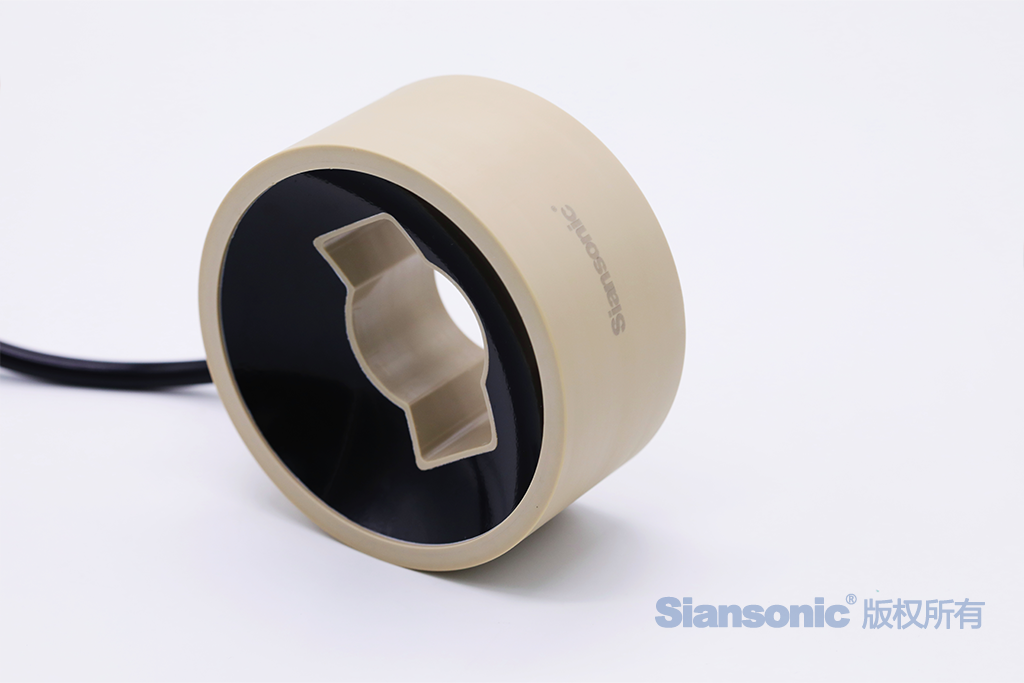The copyright of this article belongs to Siansonic Technology.The production is prohibited without permission.
Neural regulation refers to a technology that alters signal transmission within the nervous system through implantable or non-implantable devices and techniques. Usually, by means of electrical or chemical interventions, signal transmission in neurons or neural networks located in neighboring or remote areas of the central brain, peripheral, or autonomic nervous system is excited, inhibited, or modulated, thereby improving patient quality of life or increasing body functions. The International Neuromodulation Society defines neural regulation as a science that improves human life quality at a mental health level.

Figure 1.HIFU high intensity focused ultrasound transducer
Neural regulation represents a new and highly challenging field that is developing rapidly. Compared to previous methods such as ablation or resection, emphasis is placed on modulation, meaning the process is reversible, and treatment parameters can be adjusted externally. Common neural regulation methods can be broadly classified as invasive and non-invasive. Non-invasive neural regulation includes transcranial magnetic stimulation, transcranial direct current stimulation, transcranial ultrasound stimulation, transcranial photobiomodulation, and neurofeedback. Transcranial ultrasound stimulation, as the name suggests, utilizes transcranial ultrasound to regulate brain nerves. Specifically, ultrasound waves are focused externally so that the focal point acts on neural tissue, achieving efficient modulation of brain nerves. According to ultrasound intensity, focused ultrasound is categorized into high-intensity and low-intensity types. High-intensity focused ultrasound (HIFU) usually has peak power exceeding 1000W/cm², and by converging multiple ultrasound energy beams through the skull at a specific brain region, ablative destruction of brain tissue is possible; currently, this is used for tumor thermal ablation and ablation of brain nuclei. Low-intensity focused ultrasound ranges from 30-500mW/cm². By using a lower energy mechanical effect, stimulation and modulation of neurons is achieved, frequently employing low-power, transient pulses to avoid significant energy accumulation.
Siansonic offers a variety of products, including single-element focused ultrasound transducers, array-type focused ultrasound transducers, and micro focused ultrasound transducers, and can provide custom design services for various frequencies, sizes, acoustic intensities, and focal zone dimensions. Drawing on nearly 40 years of industry experience in medical piezoelectric ceramics and focused ultrasound transducers, Siansonic is capable of producing ultrasound frequencies ranging from 400kHz to 10MHz, supplying a range of focused ultrasound transducers, piezoelectric ceramic transducer products, and solutions for numerous medical device and diagnostic companies.